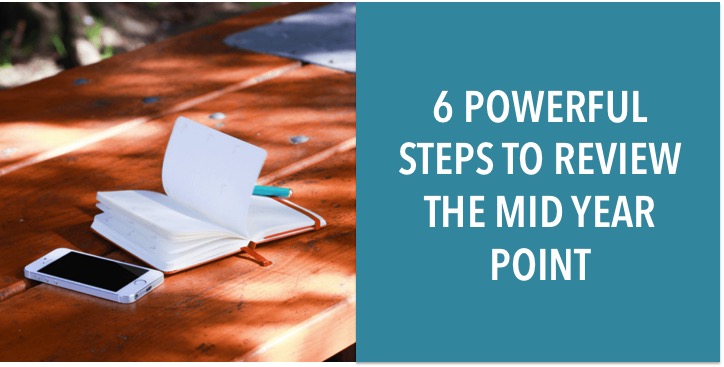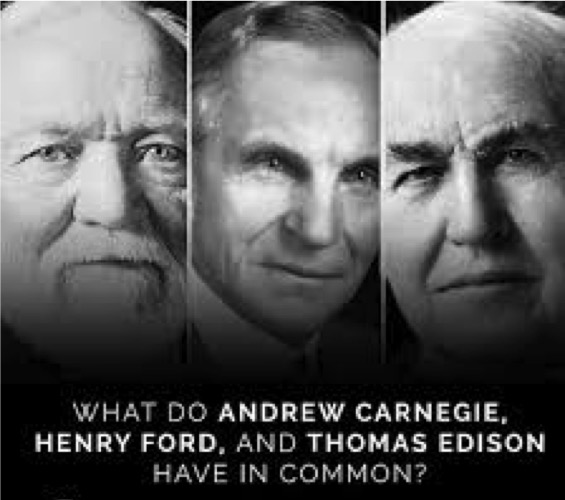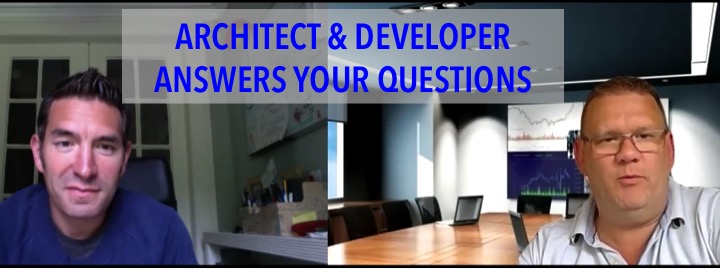The mid way point of 2020 is here, can you believe 6 months have gone so quickly? And in those 6 months our world has quite literally changed. What lessons will you take out of half one and what will you choose to focus on and implement in half two?
Just as we were about a week or so into lockdown, I shared a post with the quarterly review that I do, and it was very well received by those who read and completed it. So here we are again, another quarter of the year elapsed, this one like no other we have every experienced with a full 3 months in lockdown- managing immense change in our businesses, homeschooling for the first time, making new decisions, creating new routines, adapting, assessing what we truly value and so on.
Timeless research has proven that humans are purposeful beings, in other words we need a meaningful purpose to strive for. It’s so important to stay connected to our vision for what we are striving for with our property investing, and reviewing a logical time period like the previous quarter is a great way to do that. In amongst all of the uncertainty and reactive challenges we have worked through during lockdown, it could be easy to lose our way or fall into a mental fog with no direction. In a time like this it’s more important than ever to acknowledge our progress in 2020 so far and reassess our direction moving forwards.
Reviewing each month and quarter is about investing past experience into future preparation and focus – ie your past decisions, successes, failures, lessons. That’s where the good stuff comes from.
I’ve been using a 6 Step review process for a couple of years now and find it to be a powerful way to positively acknowledge incremental progress, and to extract the gold that will pay future dividends. I learned this from entrepreneur Peter Voogd and I consciously do this at the end of every 90 days. It only takes 30 mins, a small investment in your future self.
Give yourself the gift of reflection this week by answering all the questions under each of the 6 headings.
Section #1 – OVERVIEW
- What went well, what didn’t?
- When was I in my zone, when wasn’t I?
- When was I at my emotional energy peak?
- What caused me peace of mind?
- What frustrated me?
- Did I do what I said I was going to do?
- What systems have I put in place?
Section #2 – PSYCHOLOGICAL
- What have been my biggest breakthroughs?
- What have been my biggest frustrations?
- What have been my mind-shifts?
- What have been my biggest disappointments?
Section #3 – TACTICS
This section looks at what were my top 5 wins from last quarter: financial, family, adventure…?
Getting down to business metrics ask yourself:
- Did I hit my business income goal last quarter?
- What were the top three marketing campaigns or sources of income last month?
- What were my top income producing activities?
- What are the biggest ways I’ll be producing income this next month?
- How did I add value to the marketplace, could I have added more?
These will likely be related to your highest values but only you will know.
- Did I leverage technology?
- Did I maximise my reach?
- What will exponentially grow my reach this next quarter?
- What did I do to stay adventurous and feel fully alive?
To help keep you going with the nitty gritty march of each day it’s important to mix it with the things that energise you. In previous quarters this would have included things like getting in a game of tennis once a week, or maybe a mini break with Mrs W. This last quarter however it’s been related to exercise, creating outdoor chillout space and trying new local food delivery options, like some great authentic tapas last weekend, yum. For those with freedom in their highest values this will be particularly important, however it will be massively challenged compared to previous summers. We will all need to be creative about what little things we can do from home/locally to create mini rewards during the months ahead. Whatever it is, choose something and schedule it.
If you aren’t consciously making a decision to put things in your diary that will keep you alive and vibrant, even in these times where less free movement is allowed, you will become complacent.
Section #4 – RELATIONSHIPS
I love this one:
- Who did I connect with and reach out to last quarter?
- Did I take care of my current relationships and did I reach out to people who can cut my learning curve in half- i.e. people who I can partner with in some way that’s relevant to your business?
- Did I leverage partnerships?
To add to this, based on what’s currently happening, who can you make a conscious effort to connect/reconnect with virtually? My wife and I have really valued engaging in more family and friends zoom calls based around coffee mornings or drinks evenings.
Section #5 – TEAM
Think about questions that will help with your team review:
- How was my team engagement?
- How was my speed of communication?
- What feedback can I give them?
- What do they need in terms of skill development?
If you have a team, what can you do to help assure and engage them in during these uncertain times?
Section #6 – LEGACY
- What did I work on that was legacy focused? In other words something that you work on now but won’t get paid until long into the future, or something that you don’t reap the benefits for until way later, ie creating things that you value but that you get paid 6 months or more down the road. Note that if you just do this kind of work for the rewards/benefits you will lose steam, it’s important to engage in legacy work for other reasons, for something bigger than you. As a side example, part of my family legacy work last year and ongoing now is taking conscious time with my boys to teach them one key life value each month.
Peter Voogd recommends spending 80% of your time on profit making activity, creating systems etc that makes sure you have the money coming in for you and your family now. Then 20% of your time on legacy focused things. Eventually when you have built the business you want you can switch focus to investing 80% of your time on the legacy side of things. Isn’t that an exciting prospect? To spend 80% of your time on something that helps a cause you believe in or adds value to the world in some way, and not worry whether it pays you or not.
Conclusion
I challenge you to invest 30 mins each quarter to do this. WHY? Because high achievers always ask better questions, and they are always investing their past mistakes/lessons into their future preparation.
Hit reply and let me know if you complete the review for yourself.




